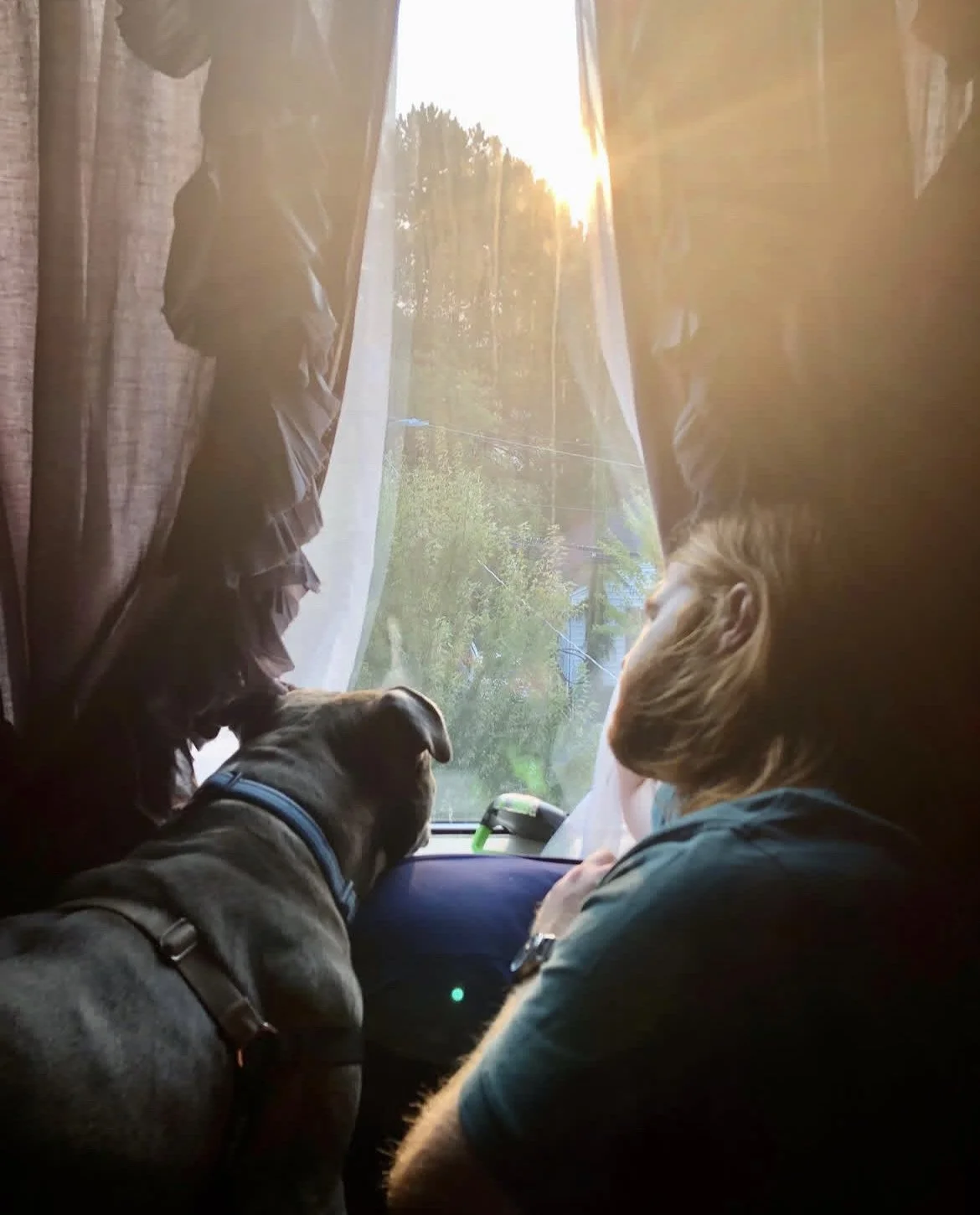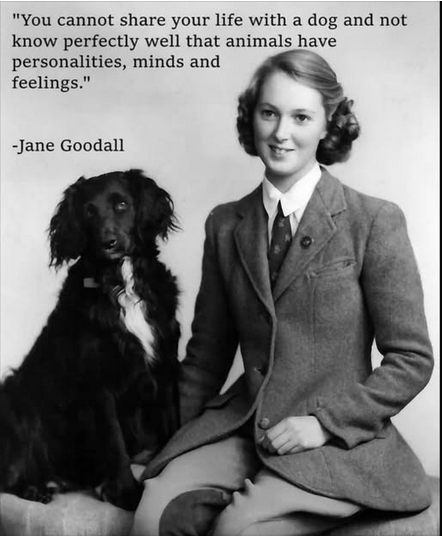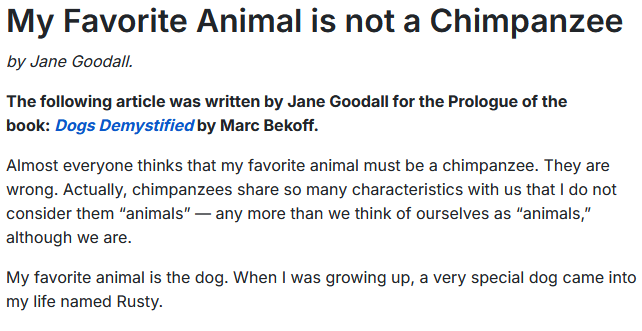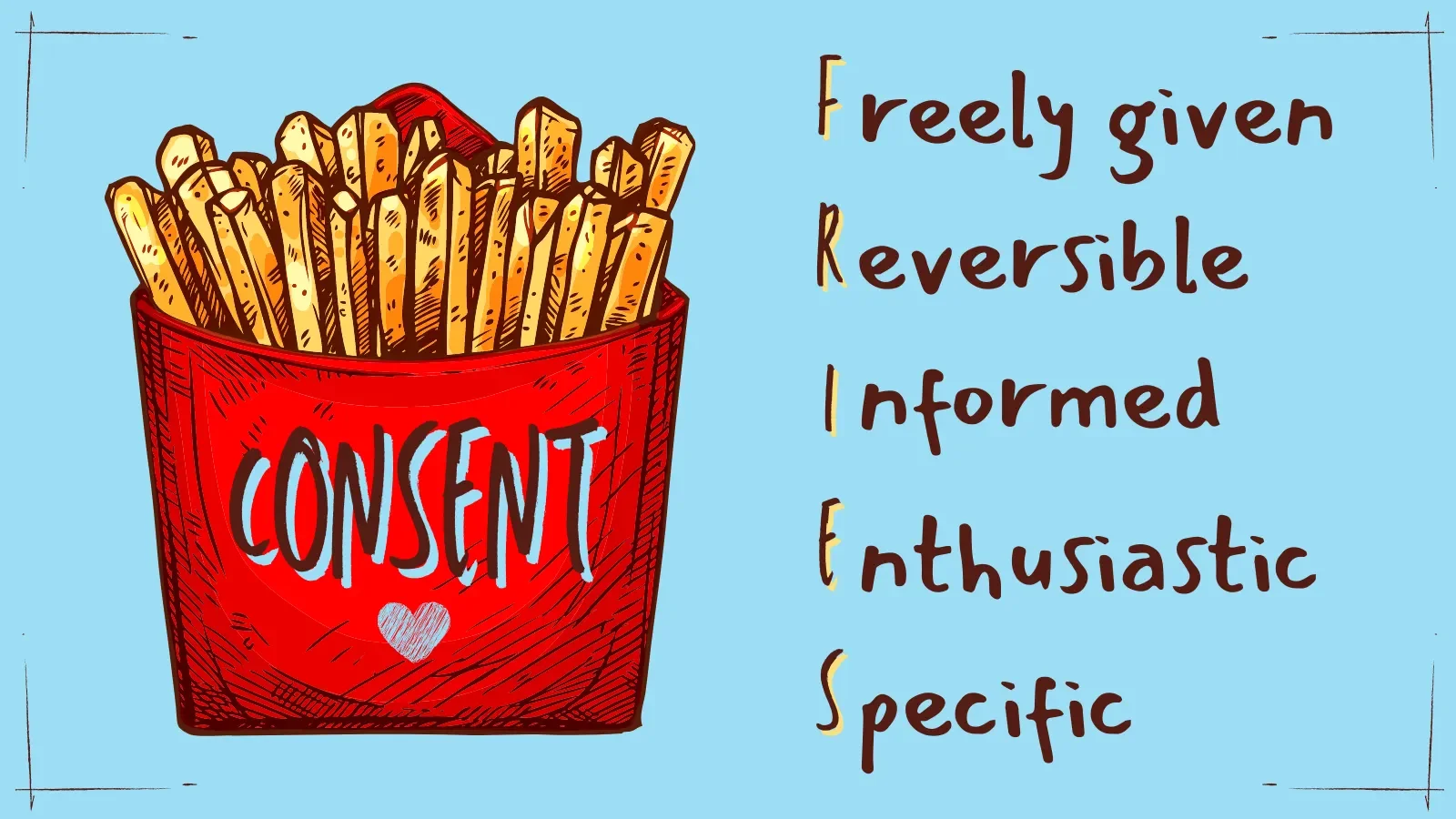Who I Am
Robert he/him
Hello! I am a man in my thirties who just wants to use my expertise and knowledge to provide a valuable service to my community. I burnt out of my nonprofit medical job and in 2020 I started working with dogs as my primary source of income. Since then I have worked in several capacities developing skills and an approach that is no nonsense and effective, but most importantly compassionate and respectful of your dogs lived experience.
“As a trainer, Robert is thorough, thoughtful, and effective. He meets each dog where they are, adapting to suit their individual needs. I am confident that any dog will make meaningful progress in his care, and any owner will appreciate his knowledge and professionalism.”
-Sophia Booth, Manager @Seattle Canine Club
What does a “well trained” dog look like?
A “well trained” dog has the ability to effectively manage their own nervous system through the majority of the day-to-day challenges they face. This skill of somatic self management has to be developed before any training based on semantic understanding.
What mentality is gonna work for you?
There is no simple trick. Your relationship with your dog is completely unique and will grow and change over time just like all relationships. A dog deserves to have a human who looks out for them and gives them the tools they need to navigate the world. It’s all about an ethical balance of respecting your dog enough to hold them accountable while challenging them on the way to realizing their potential.
I have an appreciation for what I have learned from traditional dog trainers and academics who study dog behavior like Patricia McConnell and Kim Brophey, but I take greater influence from my education related to neuropsychology, evolution, language, ethics, philosophy, and trauma. Major examples include Jane Goodall, Noam Chomsky, Gabor Mate and Valarie Kuar. Instead of buying material products for your dog, I am much more focused on your dog’s subjective experience and helping them develop the skills to get their bodies under control. This will take time and effort on our part, but together I believe for most dogs and owners we can get you on a self-sustainable path together in a total of ~10hrs of sessions, preferably over a 2-3 week period.
Freely Given
Teach your dog they can say no
This can look different for different dogs in different situations
Sitting, Looking away, Creating distance… etc
Look for them to close the distance appropriately
Reversible/Reciprocal
Taking turns
Chase, Fetch, Tug, Wrestling
Informed
Practice first
Should have an organized work up/queue in to behavior
Each Time, Each New Person, New Places, New Rule
Enthusiastic
Need access to the thinking version of your dog
Need organized thinking, not just excitement
If we take a pause and “shake” do we make the decision to return to play
Your dogs mood and behaviors should improve over time as you play appropriately
Specific
Always be mixing up aspects of play
The Brain is a muscle and progressive overload
Dogs crave being appropriately challenged
Set them up to succeed
Purposeful Play > Training



